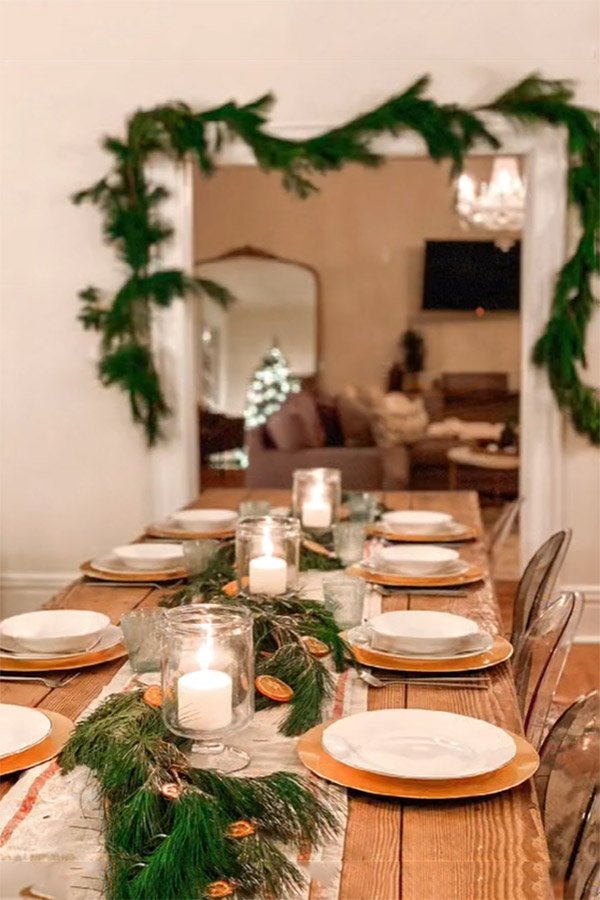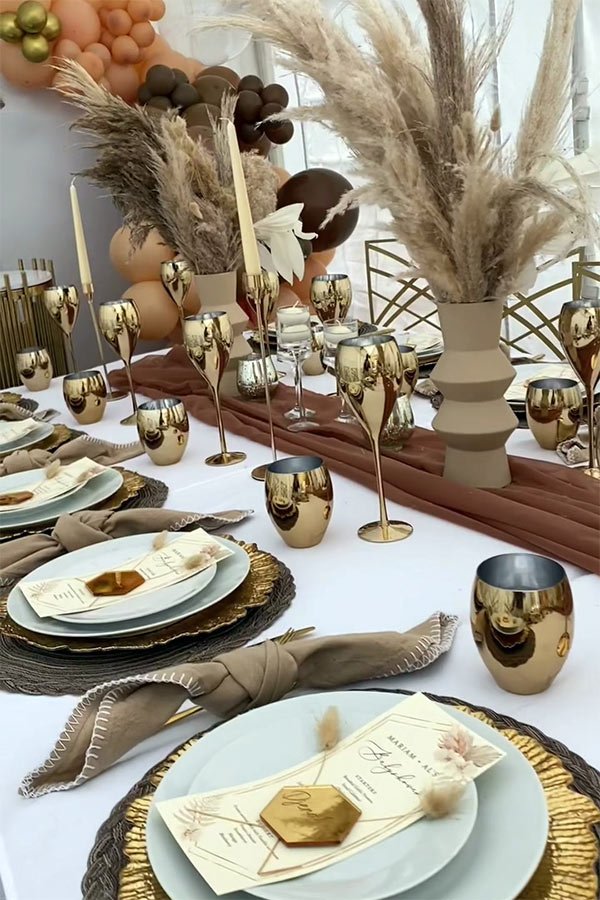Creating a memorable Thanksgiving table setting is an art that combines aesthetic appeal with functionality, setting the stage for one of the year’s most significant family gatherings. The perfect table arrangement goes beyond mere decoration – it creates an atmosphere that encourages conversation, comfort, and gratitude while celebrating the abundance of the harvest season. With thoughtful planning and attention to detail, your Thanksgiving table can become a stunning backdrop for cherished holiday memories.
Begin with a carefully chosen color palette that reflects the warmth of the season while complementing your dining room’s existing decor. Traditional autumn colors like deep oranges, rich browns, and golden yellows create a classic look, while modern interpretations might incorporate unexpected hues like deep plum, sage green, or navy blue paired with metallic accents. Consider using these colors in varying shades and textures throughout your table design to create depth and visual interest that keeps the eye engaged without overwhelming the senses. Layering is key to creating a sophisticated table setting that feels both elegant and inviting. Start with a high-quality tablecloth as your foundation, then add runners, placemats, or chargers in complementary materials and patterns. Natural fabrics like linen, cotton, and burlap provide wonderful textural contrasts, while metallic elements can add unexpected sparkle. Consider mixing materials like wood, metal, and glass to create an engaging interplay of textures that adds dimension to your table setting.
The centerpiece serves as the focal point of your table and should be carefully planned to enhance rather than hinder the dining experience. Consider creating a low-profile arrangement that allows for easy conversation across the table, incorporating seasonal elements like miniature pumpkins, gourds, fall foliage, and autumn flowers. For longer tables, try creating a series of smaller arrangements or a runner-style centerpiece that extends the length of the table, varying heights and elements to maintain visual interest throughout. Place settings offer an opportunity to showcase your attention to detail while ensuring each guest feels specially welcomed. Layer plates in complementary colors or patterns, starting with a charger or placemat as your base. Add dimension with carefully chosen linens – consider napkins in sophisticated folds or secured with unique holders that complement your theme. Personalize each setting with handwritten place cards, small favors, or individual decorative elements that guests can take home as mementos.










Incorporate natural elements throughout your table design to reinforce the connection to harvest season. Fresh fruits like apples, pears, and pomegranates can be artfully arranged among fall leaves and berries. Consider adding fresh herbs not only for their beauty but also for their wonderful fragrance – small bundles of rosemary, sage, or thyme can serve as natural place card holders or napkin accents while contributing to the sensory experience of your gathering. Lighting plays a crucial role in creating the perfect ambiance for your Thanksgiving celebration. Layer different types of lighting, including taper candles in elegant holders, votives scattered throughout the table setting, and perhaps even tiny fairy lights woven through your centerpiece. Consider using flameless candles for safety, particularly if children will be present or if your decorations include flammable elements like dried leaves or paper goods.
Don’t forget to consider the practical aspects of serving a large meal when planning your table design. Create designated spaces for serving dishes, ensuring they can be easily passed while maintaining the integrity of your decorative elements. Include subtle markers or decorated cards indicating dish contents for buffet-style service, and ensure that communal items like salt and pepper shakers, butter dishes, and gravy boats are easily accessible to all guests. Incorporate elements that encourage interaction and gratitude among your guests. Consider placing small cards at each setting where guests can write what they’re thankful for, or create a centerpiece that doubles as a gratitude tree where family members can hang notes of appreciation. These interactive elements not only add to your decor but also help foster the spirit of thanksgiving that’s at the heart of the celebration.
The overall flow of your dining space should also be considered when planning your table design. Ensure there’s adequate room for guests to move comfortably around the table, and consider creating additional vignettes on nearby surfaces that complement your table setting while providing space for beverages, desserts, or overflow dishes. These auxiliary spaces can help extend your decorative theme throughout the room while serving practical purposes.
